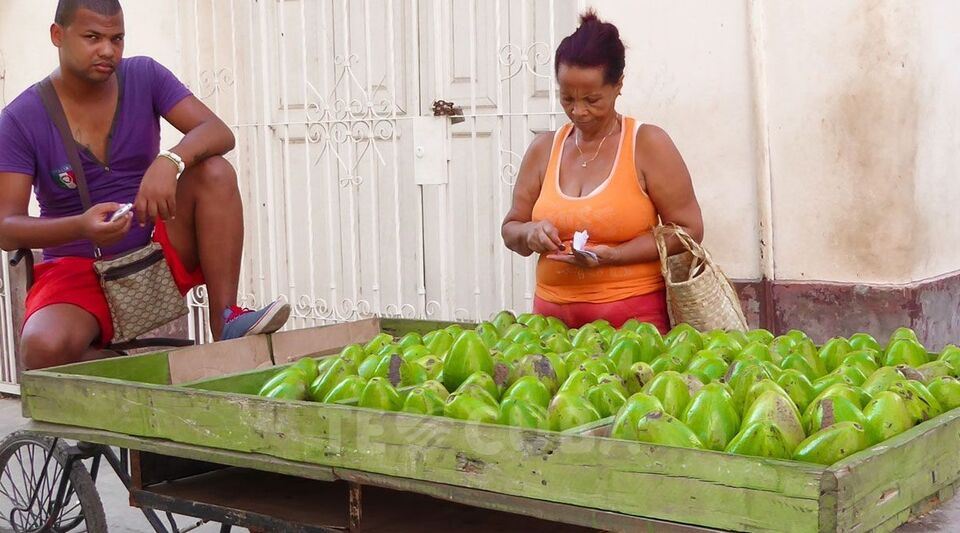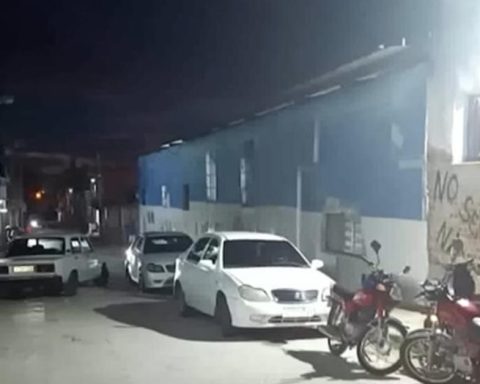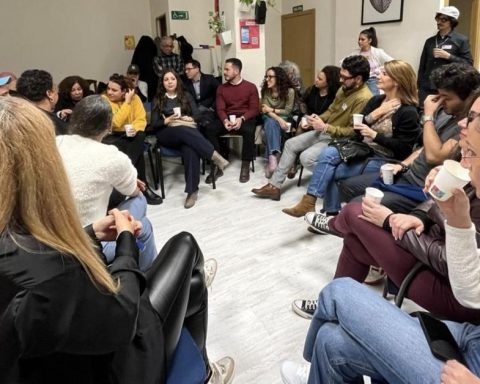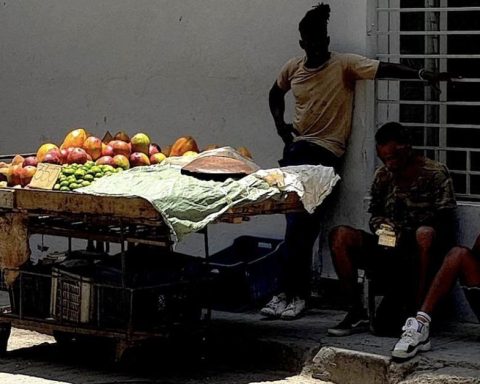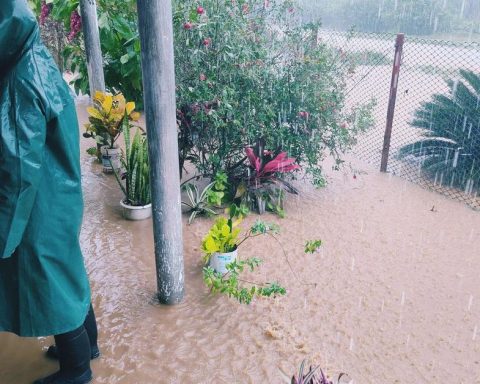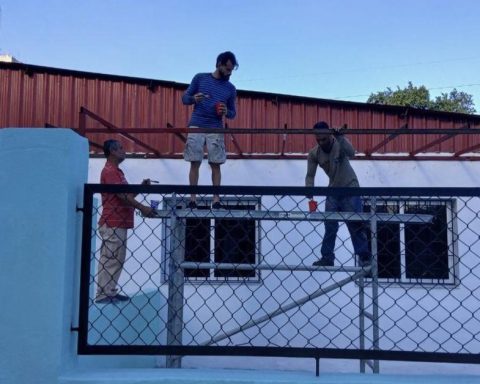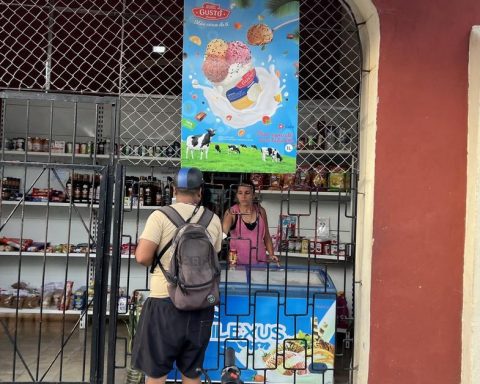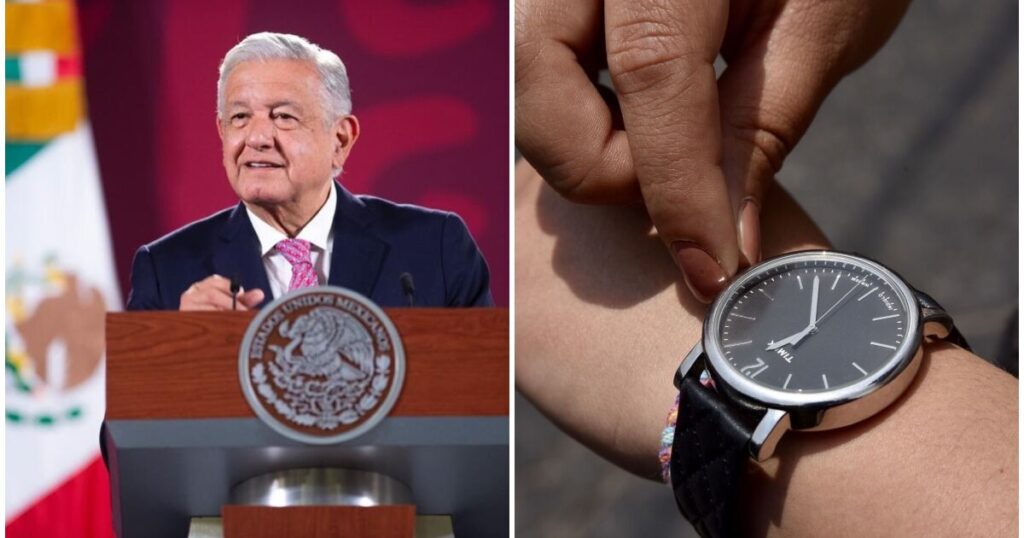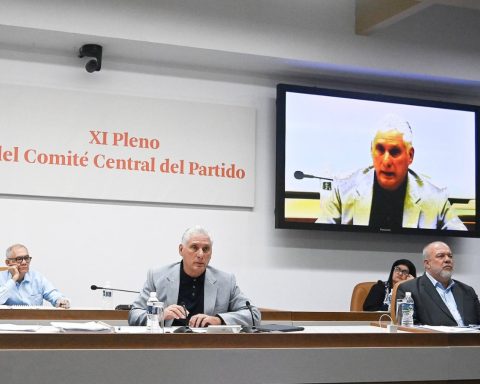It is green and unattainable for many Cubans, but it is not about the dollar. Like every summer, the avocado returns to the island’s markets, but this time its price has doubled compared to the previous year. Where before you paid 40 or 50 pesos for a piece, now you have to give between 80 and 100, a rise that takes it away from the table of many households.
The rains of May mark the beginning of the avocado season on the Island. “Those downpours are what give it the touch. Although before that you can find some other plants that have already given birth, it is better to wait to eat them more tasty “, A client pointed out this Monday before the offers of a forklift operator in Centro Habana.
“But it seems that this time the rains have been golden, because the avocado is very expensive,” ironized the buyer who finally decided on “one that is not for today, it is still missing but the ripe ones cost 90 pesos and I prefer to pay ten less even if I have to leave it for tomorrow or the day after.” Behind him, a woman who was asking about the price winced at the number and turned away with her empty bag.
“The avocado saves you a meal, but now it makes it unaffordable,” pointed out another client in the agricultural market of 19 and B, a place managed mainly by private vendors
Although in Europe and other countries with a colder climate, the avocado is seen almost as a luxury, the high presence of its tree in Cuba, the advantages of the climate and the cultivation tradition have made it a product as common on tables as they can be the apples or the oranges in other geographies.
“The avocado saves you a meal, but now it makes it unaffordable,” pointed out another client at the agricultural market on 19th and B, a place run mainly by private vendors and whose traditionally high prices have earned it the nickname of “the boutique “. “It is true that this place is expensive, but here you find things that are no longer in other places,” defended a young man who was dispatching on a platform before the complaints of those who passed by.
“Everyone in the family knows that you can come here to buy fruits and vegetables that don’t appear in any other market, except in the Playa area where people with more money live and even broccoli is sold.” According to the merchant, “the avocado began to arrive weeks ago, but the rains have greatly complicated the shipment to Havana.”
“People complain that it is expensive, but everything is and at this time of year there is very little lettuce, tomatoes are practically gone and what is left is a good slice of avocado with the meal,” he details. “I can’t do anything else because it’s already expensive for me here, everything has gone up a lot in price and moving merchandise from the field is costing a lot due to lack of fuel.”
In the nearby municipality of Güira de Melena, the family of Reinier García confirms this increase in price by telephone. “On our farm we have a dozen avocado trees, four of which we have sold a few years ago,” he explains. The sale of one of these trees is not recorded and it is a risky business for both parties.
“But there are bad years and then we all lose, the one who bought it kills it because he doesn’t earn much and we kill it because people don’t have the patience to wait for better times and withdraw from the agreement”
The client buys for a fixed price, which can be monthly or annually, the production that the plant will give. In good seasons, when the rains arrive on time and the hurricanes do not damage the tree much, you can “get a good slice,” explains García. “But there are bad years and then we all lose, the one who bought it kills it because he doesn’t earn much and we kill it because people don’t have the patience to wait for better times and withdraw from the agreement.”
“The avocado seems strong but it is a product that requires care. From the time it is planted it is planted until you begin to harvest fruit, a lot of years go by and everything can be ruined by a plague, lightning or a cyclone,” the farmer lists. Then comes the transfer, because even if it is done with the green avocado, “if you don’t move it correctly, everything will collapse.”
García has a brother-in-law to move the merchandise to Havana and distribute it among various merchants in the area of El Vedado and La Víbora. “I’ve been days without getting fuel and when I find it it’s a buchito,” the driver of an old Plymouth to which the inventions and additions allow him to continue rolling on the roads tells this newspaper.
“I put the small avocado at 50 or 60 to the seller, the larger ones can reach 70 or 80 depending on the quality. The Catalina is the one that people like the most, because it has a lot of flavor and is larger. you need to eat nothing else, not even pour lemon, vinegar or oil on top, because it already comes out seasoned from the bush, “he says.
But accompanying the main course with one of these Catalina adds a figure that lower-income families cannot afford. “Each egg cost me 20 pesos, I found a pound of rice at 50 after walking a lot. So a meal for five people cost me 150, plus 100 that I paid for the avocado,” says Dinorah, a resident of the Havana municipality. October tenth.
In Dinorah’s family there are two retirees with minimal pensions and the rest are her grandchildren, minors. “I spent more on one meal than I earn on a day’s pension, that can’t be so I’m not going to continue buying avocados, it’s a luxury I can’t afford,” she concludes. “We will have to wait to see if the price drops in July or August.”
“People from Havana are already coming here as far as Güira de Melena to exchange clothes for food or toiletries for avocados and root vegetables”
The situation is not exclusive to the Cuban capital, where prices are usually higher. This Tuesday, in the La Plaza de Sancti Spíritus market, an avocado cost 100 Cuban pesos, almost the same as in a central corner of Centro Habana near Plaza de Carlos III and where the products tend to be more expensive. Not even traditionally agricultural areas are spared from inflation, where until recently avocado was a common ingredient on tables during the summer.
“Right now I’m going to pick the avocados from my trees and I’m going to try to pay with them, because they’re already worth almost the same as a dollar,” jokes Reinier García. “And I’m not complaining, at least my family doesn’t lack avocados and with that we can save meals, but what it costs us the most to buy is everything else: oil, soap and toothpaste” .
Garcia does not rule out barter. “People from Havana are already coming here as far as Güira de Melena to exchange clothes for food or toiletries for avocados and root vegetables,” he explains. “We have to be watching the bushes until dawn, because this is like having the bank safe open and in sight.”
________________________
Collaborate with our work:
The team of 14ymedio is committed to doing serious journalism that reflects the reality of deep Cuba. Thank you for joining us on this long road. We invite you to continue supporting us, but this time becoming a member of our journal. Together we can continue transforming journalism in Cuba.
